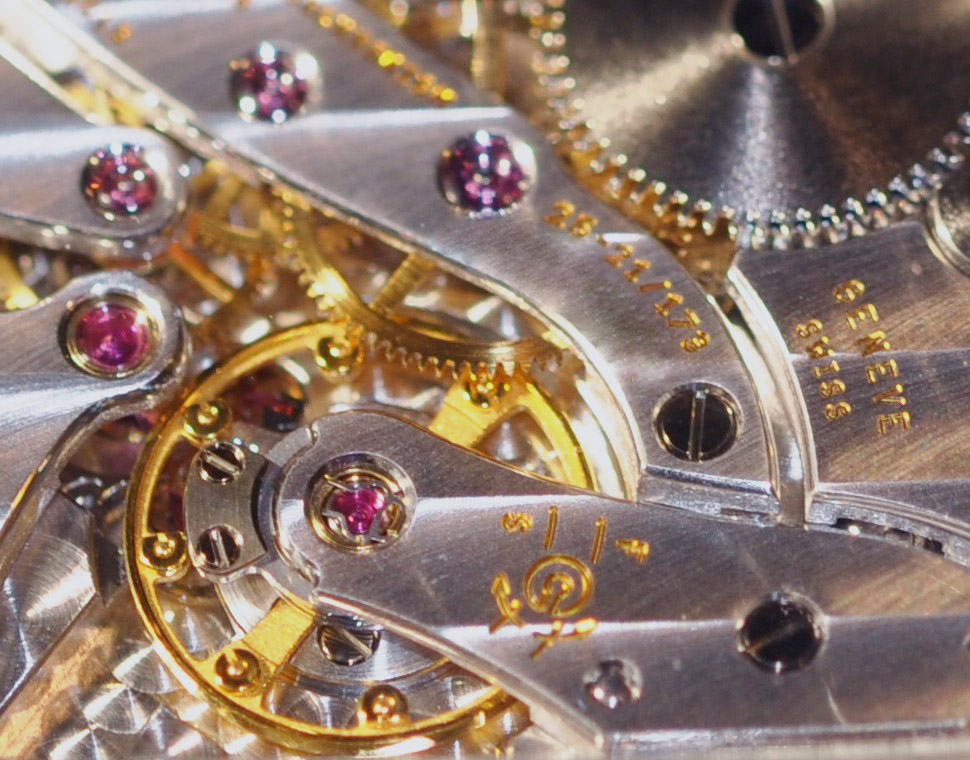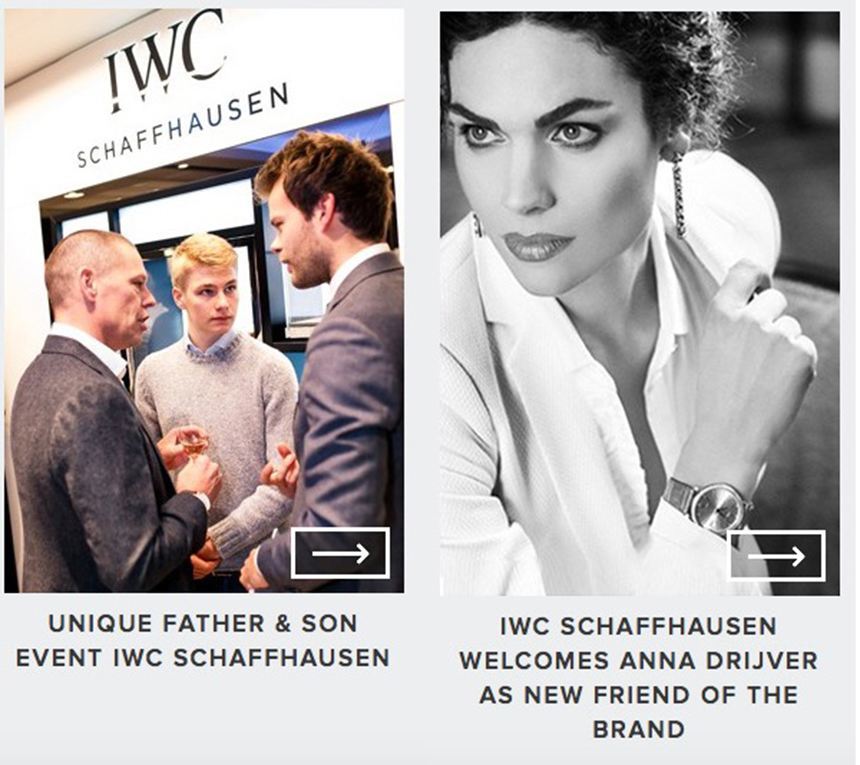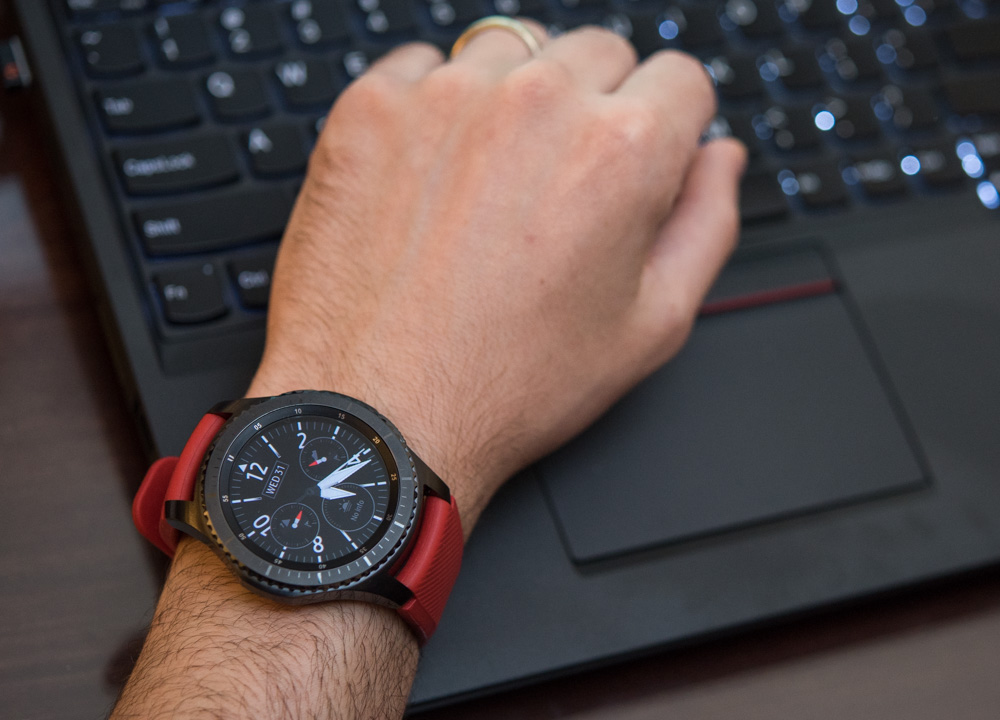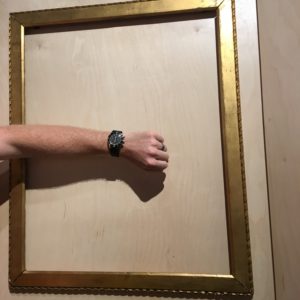Third, many companies use social media because they have to, but use it ineffectively. It harkens back to the era when every brand, store, restaurant, bank, and website felt they needed a mobile app. Every company produced an app even though it didn’t enhance the customer experience at all; that is similar to some uses of social media. Most social media marketing is consumed through Instagram. The 2016 Deloitte report notes that the most successful luxury brands on social media use it to “discuss their heritage, their ambassadors, technical aspects, and prestigious events they support.” This does not maximize the potential of its use.
On Instagram (one of the leading platforms for modern advertising), many of the brands focus on showing very macro-level (close-up) details of a watch or its production, including some companies even showing watch parts or tools instead of watches in pictures. In other cases, they don’t show watch pictures at all. These pictures create a very otherworldly or abstract image of the product. This approach might showcase craftsmanship or desired brand image but does not readily allow the consumer to envision wearing or mentally interact with the watch. Watch companies could use a better mix of highlighting craftsmanship while also showing a watch’s wearability and popularity through User Generated Content (UGC). Integration of UGC “wrist shots” or “experience shots” (showing the watch in a user’s environment) with existing posts highlighting craftsmanship would greatly increase interaction, and in my opinion, brand image. I will present the reasons why by drawing from research in other luxury industry segments.

This UGC photo by Ariel Adams allows the customer to insert themselves into the lifestyle this watch represents.
UGC does not mean bad content. In fact, luxury companies who have used it well post UGC that speaks well for the brand. UGC has proven very successful in other luxury industries, particularly luxury hotels where image and exclusivity are non-negotiable. An L2 Inc study found:
Luxury hotel brands that feature UGC [user generated content] in their Instagram posts see six times more interactions per post than brands that do not…Those that source more than half of their posts from UGC also generate 2.6 times higher engagement than brands that do not…[L2] pointed to Four Seasons as an example of a hotel brand that excelled in getting guests to submit content through Instagram contests and a link via the landing page that encourages guests to submit UGC. According to L2, Four Seasons had seven times as many interactions on Instagram as the average brand.
(cited in Skift). (Note: UGC had negative effects when tried on websites & homepages).

2 of these 3 photos shown are User Generated Content. As a result, Four Seasons has 7x more engagement than their competitors.
Luxury hotels are a similar luxury industry where image, status, and scarcity are paramount. Using high-quality UGC has allowed customers to communicate the brands’ messages while keeping the brands relevant yet aspirational. It allows users to see that real people (not models or ad representatives) experience the brand and they too can have that experience. While many watch companies’ Instagram pages already have higher engagement rates than hotels, the benefits of UGC on social media engagement could apply to the watch industry as well.
In the absence of UGC or crowdsourced photos, customers are finding crowdsourced photos on Instagram and Google anyway. The brand is being defined by user Instagram posts through hashtags rather than the companies leading the messaging. Crowdsourced photos on Instagram (and other mediums) are where perceived brand identity is established. It is where actual perception of the brand is determined. When I discuss watches with consumers, they never go to a company’s official Instagram page to show me what watch they are talking about. Instead, they go to an individual’s feed (i.e. crowdsourced UGC) or some blog’s feed (i.e. higher quality UGC) to show a watch they saw in its amateur but natural environment. This allows them to envision wearing it; the watch on a real person’s wrist allows them to see the watch being used on an everyday basis. UGC doesn’t have to mean poor quality (look at the Four Seasons pictures above that demonstrate this). Rather it allows users to see that real people enjoy and are proud of the watch the user aspires to own one day. While a hard shift, this is how I think watch companies could better use social media.
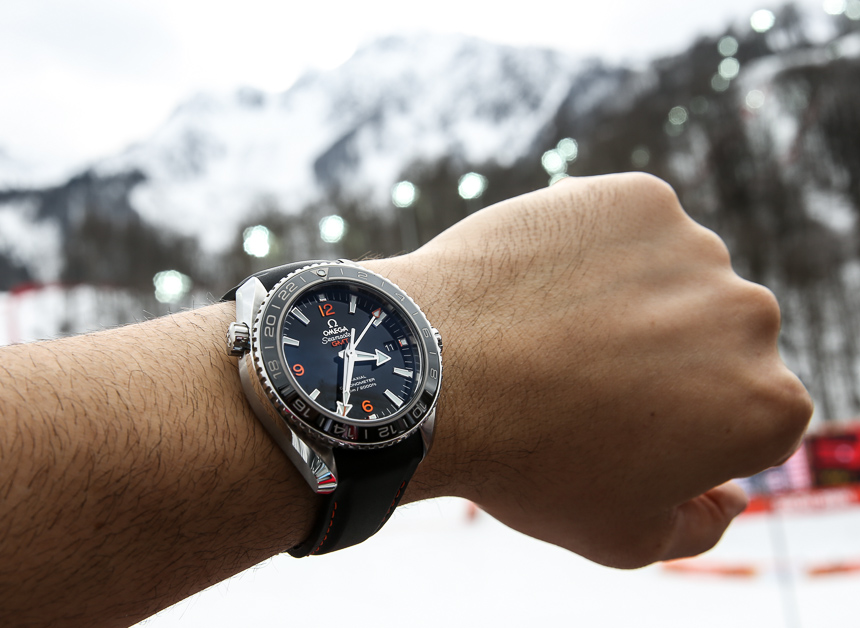
This UGC style photo sends the right message. Its a real person who is genuinely proud of their watch, using it for adventure (source: ABTW)
Fortunately, the Smartwatch won’t be the demise of the industry
I continue to read news articles by journalists and tech bloggers who insist smartwatches will spell the end of the luxury mechanical watch industry, especially with the recent release of the second Apple Watch. Many luxury watch companies have even started to venture into the smartwatch industry as well. I never thought the smartwatch was a mechanical watch killer (nor did Ariel Adams at ABTW all the way back in 2015). Respected analysts have stated they do not think smartwatches will kill the industry. Deloitte Consulting’s 2016 annual report on the Swiss watch industry notes “there is no sign at this stage that sales of Swiss wristwatches have been impacted by smartwatches.” The reason I agree with this analysis comes down to a few fundamental concepts of marketing and product fit:
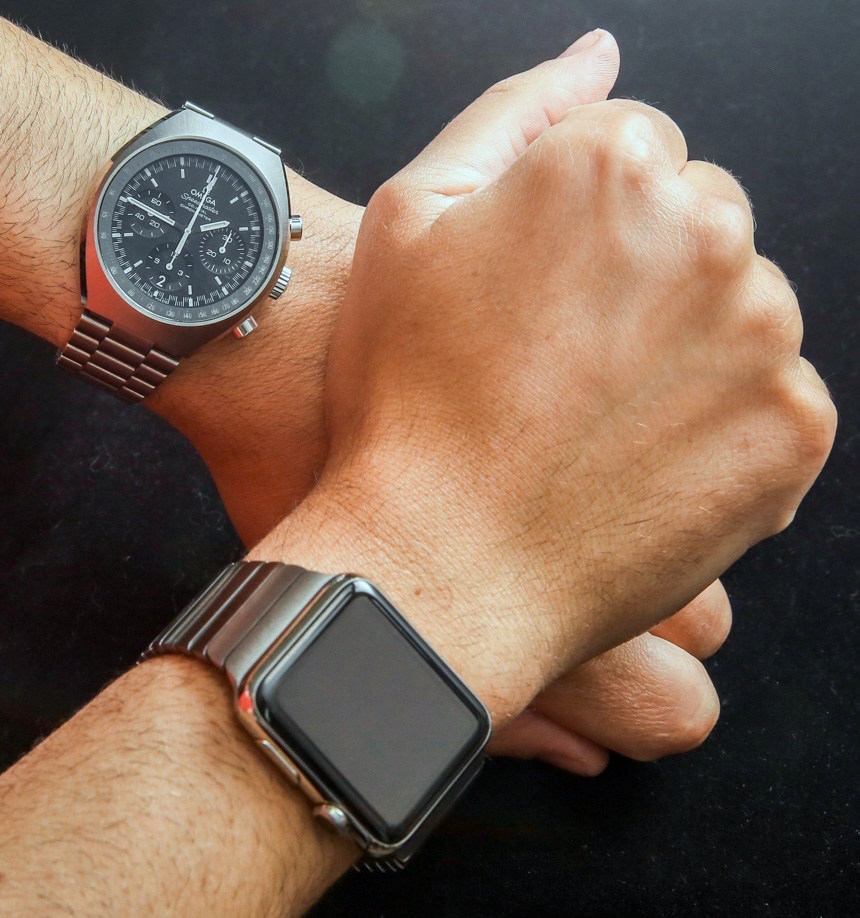
- People who wear the Apple Watch are generally not the same people that wear luxury mechanical watches (though there is some small amount of overlap).
- Smart watches will be obsolete pretty quickly and have shown they are only a place-filler until a better solution is invented.
- The Smartwatch is not an aspirational product; the mechanical luxury watch is.
- The slump in mechanical watch sales is only coincidental to the Apple Watch arriving, not a result of it. Sales may be hurting, but this trend is the result of greater economic factors (exchange rates, recessions, reduced tourism, and economic uncertainty), not smartwatches.
- People won’t tolerate the planned obsolescence of smartwatches beyond a few iterations. We have it ingrained in our culture that a watch is jewelry that should be passed down. Smartwatches go against this logic.
The luxury watch industry must continue to reach emerging markets
Located at a heavy-trafficked crossroads for trade, the early Swiss watchmakers understood the importance of exports very early on. Swiss watches have always relied on strong international exports to fuel the industry. The English and French watchmakers of the 1700s used Swiss made parts (and watches) to meet demand. By 1790, Geneva was exporting 60,000 watches a year. By 1920, the U.S. accounted for 70% of Swiss exports. By 1961, the Asian markets accounted for 20.5% (as reported in History of the Swiss Watch Industry). The Swiss mastery of the export market is just as critical today as it was in 1750.
As of October 2016, the Asia region (as defined by FIH) accounts for 49% of all Swiss watch exports, with the Middle East alone accounting for nearly as many exports as North America, who is no longer the primary buyer or the growing market. The luxury watch industry has shown a strong ability to penetrate emerging markets and this will serve as a source of strength and growth going forward.
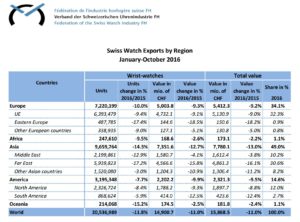
In Conclusion
I argue that interest in wristwatches is continuing to increase. Companies’ Instagram profiles continue to grow at quicker rates than many other comparable luxury companies (which I continue to measure and monitor). Levels of engagement show a younger generation that still aspires to own luxury watches. As Harvard Business School and industry expert Professor Ryan Raffaelli points out, luxury mechanical watches have continued to re-emerge as art despite being obsolete as a way to tell time. Swiss mechanical watches are an art of expression; a signal of one’s identity; a masterpiece.
As watch enthusiasts, we all want to see the industry succeed; yet we must also understand the challenges facing the industry. Throughout this article, I have shown how declining sales and growing inventories are creating a difficult situation for the luxury watch industry, as well as presented strategies that could improve user engagement on social media to drive future sales. Yet, there are bright spots too. The smartwatch hasn’t had a measurable effect on sales and the industry’s reach into emerging markets will continue to drive sales as economic outlooks improve.
I focused on the two largest producers Swatch and Richemont, but many of these lessons could apply across the industry. While the state of the global economy creates a very difficult operating environment, the recipe for increasing growth of watch sales in 2017 does not lie strictly with the outside economy. There are changes and adjustments that can be made within the industry at the company level that can improve the outcome of 2017. This is not a dying industry! The mechanical watch continues to defy the rules despite it being an obsolete piece of technology. The Swiss are still exporting well over $20B in watches a year. Old and new generations continue to buy watches whether they be entry level or master complication watches. My hope is that through this article, the industry will explore new inventory practices, new marketing methods to reach the next generation of aspiring watch enthusiasts, and look back to the strategic choices throughout history and use those lessons to re-imagine the industry once again.
To learn more about the industry from an academic perspective, the best place to start is history. I recommend reading Revolution in Time: Clocks and the Making of the Modern World as well some of the free materials located on watch historian Richard Watkin’s website.

